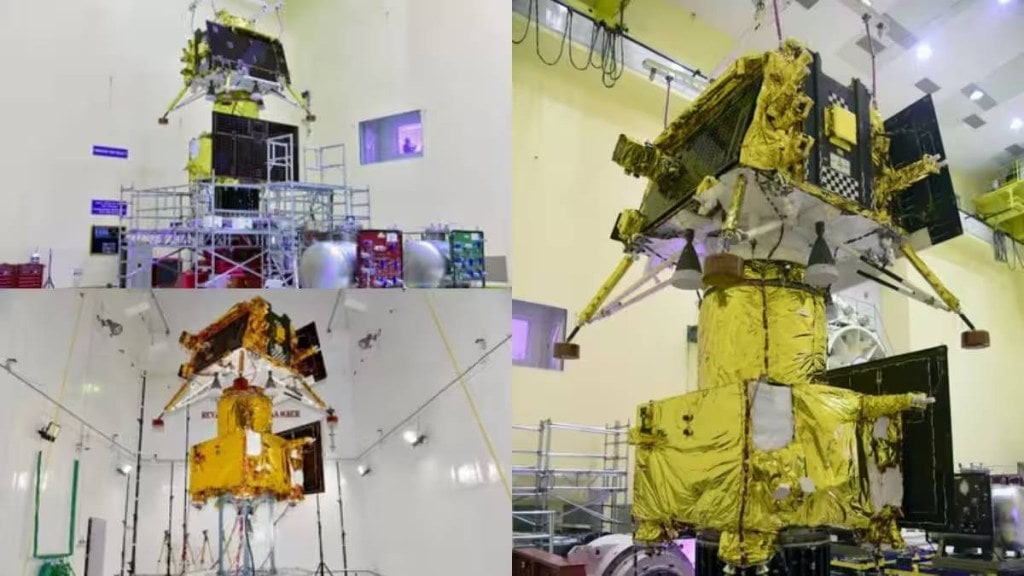India’s third moon exploration mission, Chandrayaan-3, will launch in mid-July. The Lander and rover will be named after those in the previous mission, the 2019 Chandrayaan-2 lunar mission.
Chairman of the Indian Space Research Organisation (ISRO) S Somanath has said that the Chandrayaan-2 Lander and Rover will retain their identities for their Chandrayaan-3 counterparts. This means that the Chandrayaan-3 spacecraft will be named ‘Vikram’ (after Vikram Sarabhai, the founder of the Indian space programme) and the rover will be named ‘Pragyan’ a sanskrit word meaning Wisdom.
Chandrayaan-2, Lander-Rover configuration and its payloads were lost by the Indian Space Research Organisation (ISRO) when ‘Vikram’ impacted on the lunar surface while attempting a soft landing.
Earlier this month Somanath announced that ISRO would launch its third moon mission in mid-July aboard the LVM3 (formerly GSLV Mk III) rocket from Sriharikota.
A propulsion module will propel the Lander-Rover configuration to an orbit 100 km above the moon’s surface. ISRO reports that once the ‘Vikram’ Lander module arrives successfully on the moon, it will deploy ‘Pragyan,’ which will conduct in-situ chemical analysis of the lunar surface during its mobility.
Scientific experiments
The payloads of the Lander, Rover, and propulsion module will enable scientists to gain new insights into the characteristics of the earth’s sole natural satellite.
The Lander weighing 1752 kgs will have four payloads — Radio Anatomy of Moon Bound Hypersensitive ionosphere and Atmosphere (RAMBHA), Chandra’s Surface Thermo physical Experiment (ChaSTE), Instrument for Lunar Seismic Activity (ILSA) and the LASER Retroreflector Array (LRA).
ChasTE will measure thermal properties such as thermal conductivity and temperature of lunar surface elements near the south pole; ILSA will measure seismicity around the landing site and describe the structure of the lunar crust and mantle; LP will estimate plasma density; and LRA, a NASA spacecraft, is a passive experiment that will help understand the dynamics of the Moon. RAMBHA experiment aboard Chandrayaan-III, the instruments will be utilised to calculate plasma density and monitor its fluctuations.
The six-wheeled Rover, weighing just 26 kgs will have two payloads — the Alpha Particle X-ray Spectrometer (APXS) and the LASER Induced Breakdown Spectroscope (LIBS).
APXS will aid in determining the elemental composition of the soil and rocks surrounding the impact site on the moon. Magnesium, aluminium, silicon, potassium, calcium, titanium, and iron will be investigated.
To determine the chemical and mineralogical composition of the lunar surface, LIBS will undertake qualitative and quantitative elemental analyses.
The propulsion module weighing 2148 kgs carries the Spectro-polimetry of HAbitable Planet Earth (SHAPE) payload. SHAPE’s purpose is to examine the spectral and polarimetric measurements of the Earth from lunar orbit. This indicates that SHAPE will analyse Earth’s spectro-polarimetric signatures.
The data generated by Shape will be used to research exoplanets and develop a standard to identify the habitability of exoplanets discovered outside the Solar System from India.

